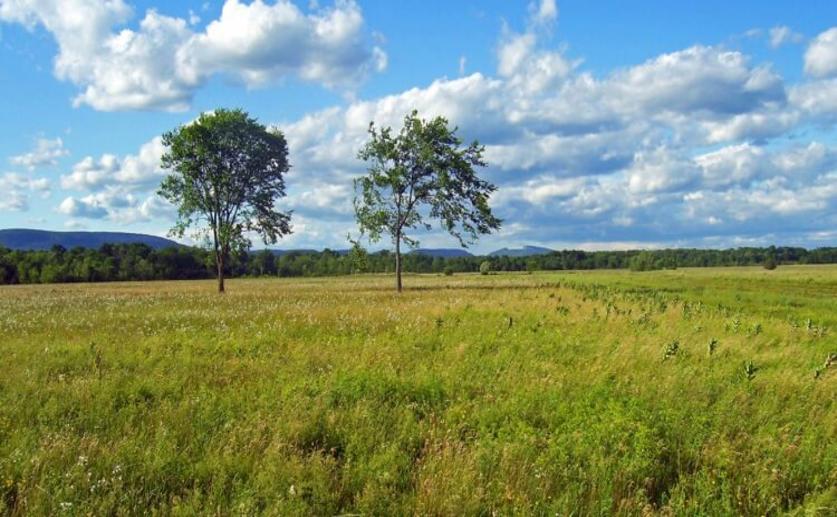
This archived news article is over 5 years old.
Human Activity Leads to Nutrient Imbalances, Decreasing Plant Biodiversity in Grasslands
Elizabeth Fox
26th August, 2016


Elizabeth Fox
26th August, 2016
